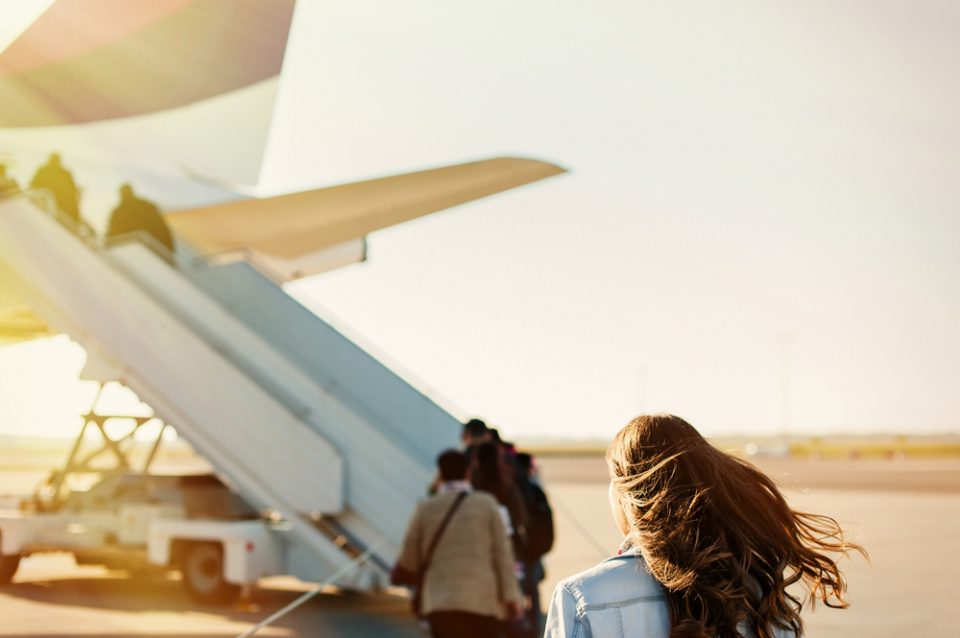
Are you a believer in bigger is better? Bigger planes, bigger seats, bigger airports—what’s not to love, right? While major hubs tend to offer the latest, greatest, and most direct flight routes, smaller airports offer perks you might not think of, including lower fares, lower security wait times, and lower levels of stress. Here’s why you may want to consider an alternate airport for your next trip.
You might find lower fares
When our friends at Hipmunk analyzed domestic flights to metropolitan areas served by multiple airports from September 2017 to August 2018, they found that arriving at an alternate airport can save travelers an average of 25 percent on the booking price. What’s driving this lower fare phenomenon? For starters, low-cost carriers tend to fly out of alternate airports. As such, travelers can often find flight deals when flying via alternate airports versus large hubs. Take Norwegian Air, for example. Since the low-cost carrier announced new routes from the US a few years ago, travelers have been finding affordable fares to Europe from alternate airports like T.F. Green International Airport (PVD), in Providence, RI instead of Boston Logan International Airport (BOS), New York Stewart International Airport (SWF) in New Windsor, NY instead of JFK or Newark, and Fort Lauderdale-Hollywood International Airport (FLL) instead of MIA.
You’ll speed through security lines
If the thought of waiting in hours-long security lines makes you dread traveling, flying via an alternate airport might help alleviate that strain of travel anxiety. Smaller airports mean fewer flights; fewer passengers mean less time waiting in line at security. Granted, some small airports don’t offer a TSA PreCheck lane. But, with TripIt Pro’s Airport Security Wait Time feature, you’ll be able to know ahead of arriving at the airport which security line is fastest.
You can navigate an alternate airport with ease
Speaking of travel anxiety, alternate airports are less stress-inducing thanks to their streamlined services. From rental car return and parking to baggage claim and customs, small airports make ticking the boxes on both departure and arrival processes easier. So the coming and going part has been made easy, what about navigating the airport itself? As a TripIt Pro member, you have access to Interactive Airport Maps to help you find the nearest restaurant, shop, and bar locations. You’ll also have everything you need to navigate your way with estimated walk times and step-by-step directions right in the app.
You’re surrounded by happier travelers
If the above reasons to fly via an alternate airport didn’t make you smile, we think this one will. At the end of 2018, TripIt conducted a study to uncover the formula for a happy trip. They looked at nearly one million flight ratings to determine what factors impacted traveler happiness. They found that the majority of travelers that either departed from or arrived at airports that were not the main hub in that city tended to rate their flights higher. When comparing multiple cities with two or more airports, they also found that the smaller airports were rated significantly higher than the major hub. That's to say, when you're breezing through airport security and easily locating your luggage at baggage claim, your fellow travelers are putting out the same stress-free vibes that you are. All alternate airport benefits considered, you might still be a fan of major airports. We get that. At the very least, you’ll know what to expect if an airline reschedules you on a flight out of a nearby airport. And, where to keep an eye out for lower fares when booking your next flight to Europe.

